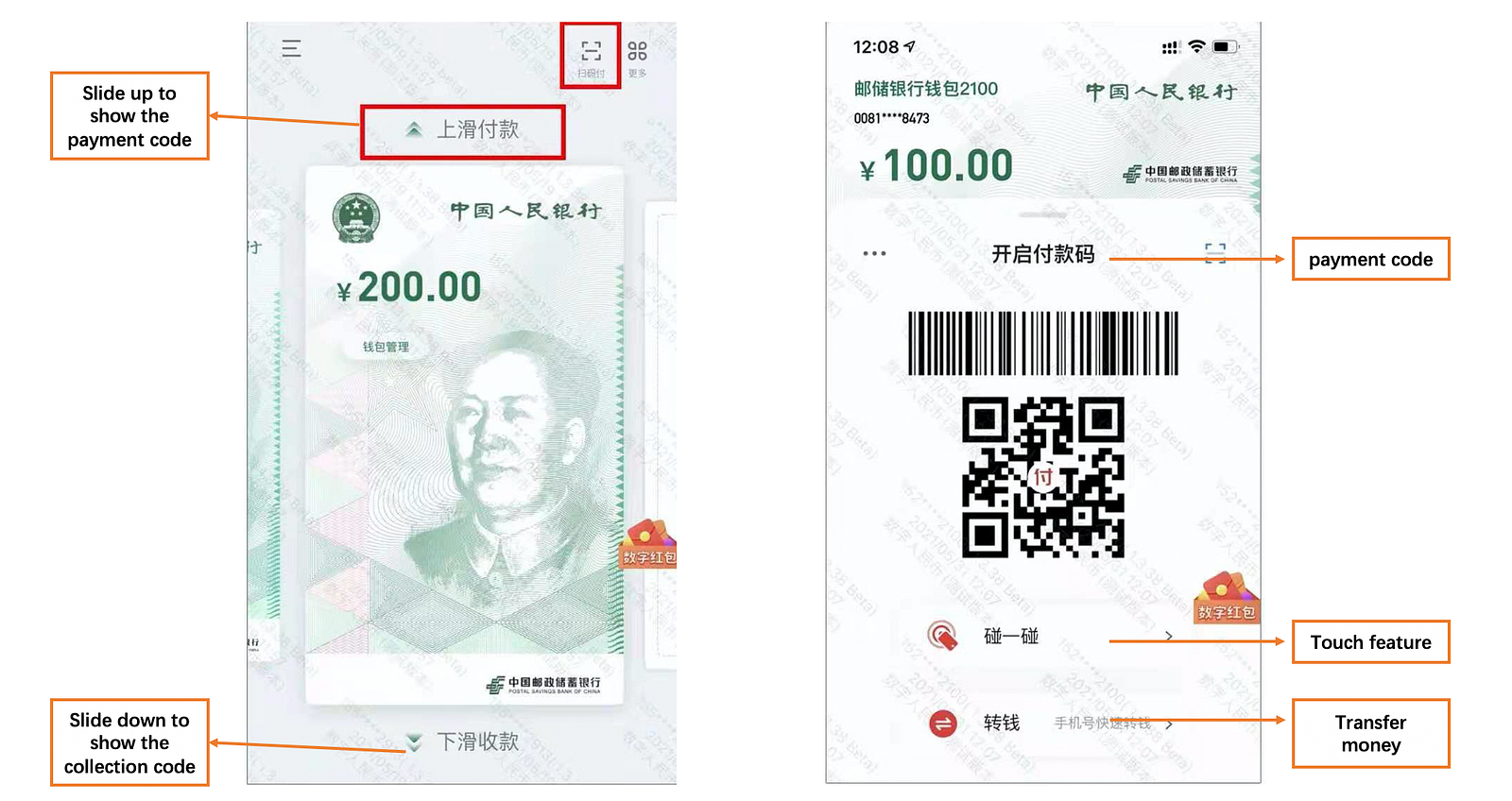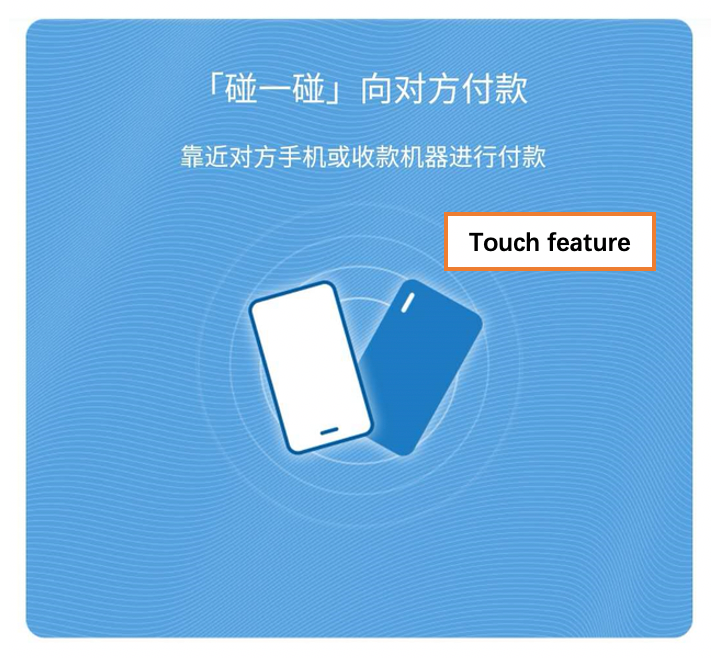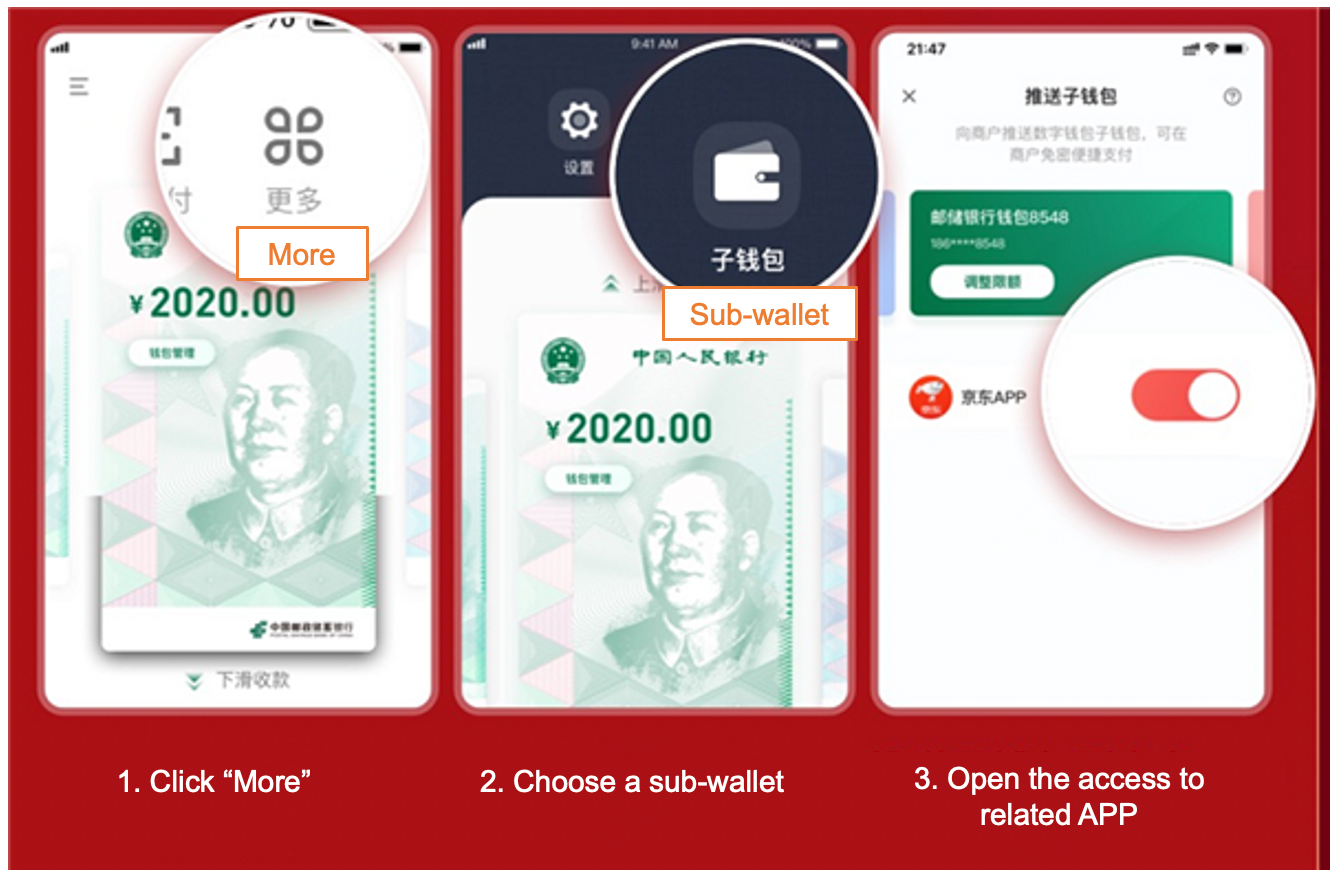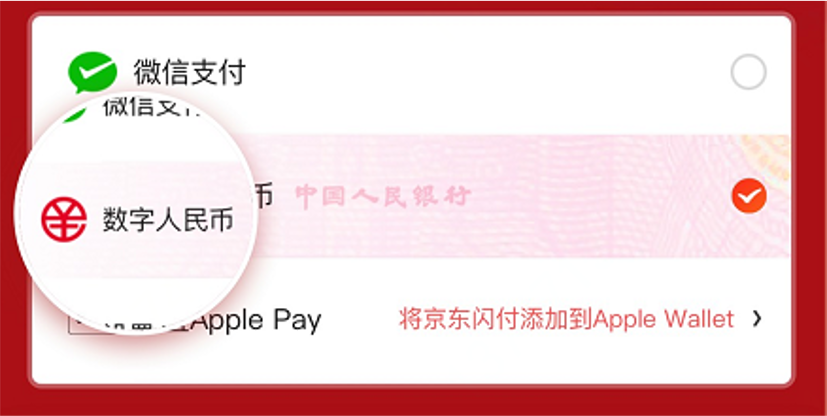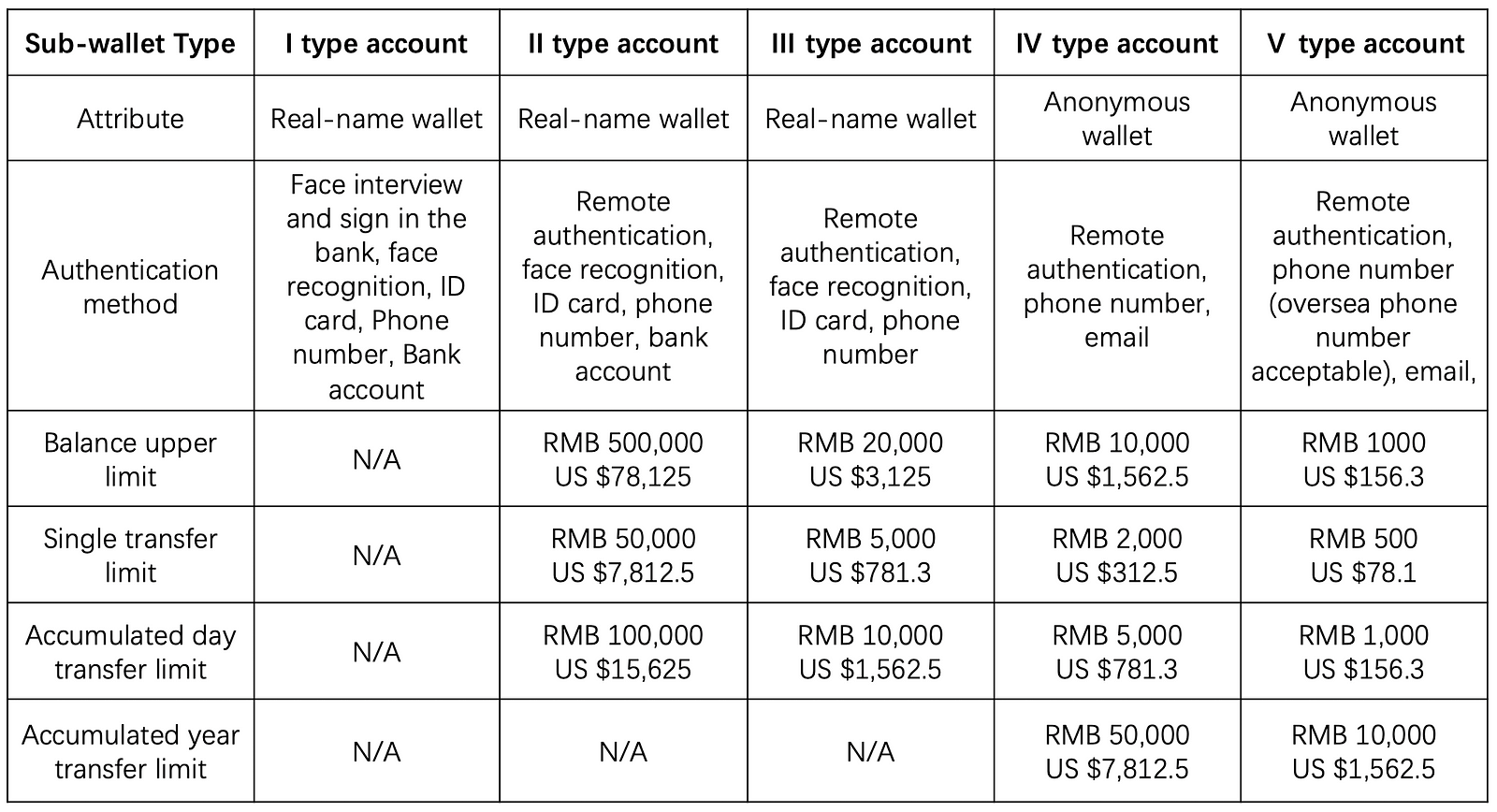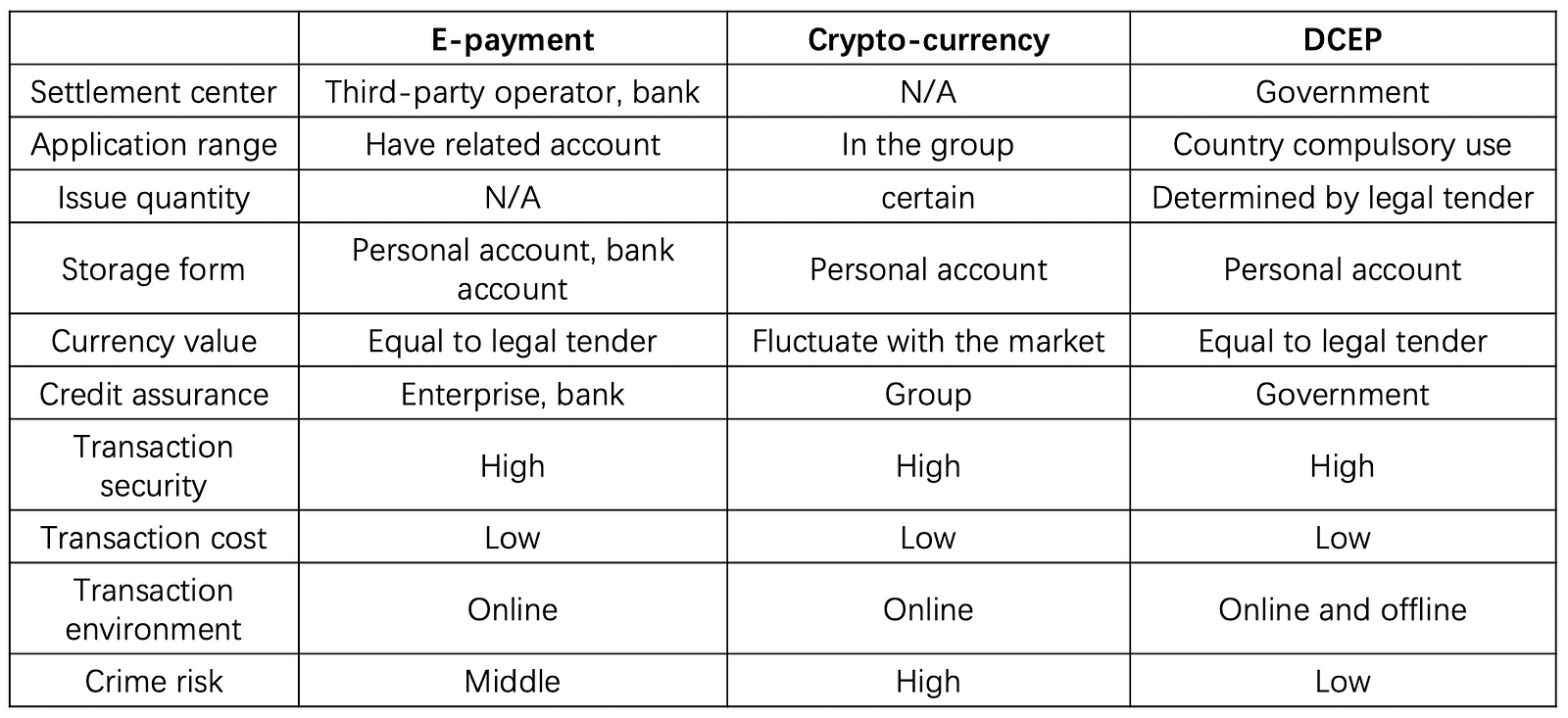
Digital banking has been rising in China, with MYbank and WeBank leading as two of the country's first privately funded internet-only banks. Backed by Ant Group and Tencent Holdings, these banks have leveraged their parent companies' massive user bases to expand their reach and offer innovative financial products and services to consumers and small and micro enterprises. However, recent reports have shown that MYbank and WeBank are experiencing some challenges, including a rise in bad loans and slower growth of their balance sheets. In this article, we will take a closer look at the state of digital banking in China through the lens of MYbank and WeBank, examining their current challenges and opportunities for growth.
MYbank: Rising Bad Loans and Slower Growth
MYbank, which is 30% owned by Ant Group, reported a rise in its nonperforming loan (NPL) ratio for 2022, which was 1.94%, up 0.41 a percentage point from the previous year. While this increase was within expectations, it reflects measures taken to help small and micro enterprises offset the impact of the pandemic last year. Despite the rise in bad loans, MYbank still posted higher profits and healthy liquidity metrics, indicating that the bank is still in good shape.
One of the challenges facing MYbank is the slower growth of its balance sheet. The bank's total assets increased by only 9.7% in 2022, compared to 25.5% in the previous year. This slower growth is likely due to increased competition in digital banking and a more cautious lending environment in China. However, MYbank has maintained a healthy capital adequacy ratio (CAR) of 17.2%, which is well above the regulatory requirement of 10.5%.
Despite these challenges, MYbank has continued to innovate and expand its product offerings. In 2022, the bank launched a new product called "MYbank Business Credit," which provides small and micro enterprises with a credit line of up to RMB 5 million (US$780,000) that can be used for working capital, capital expenditures and other business needs. This product has been well-received by customers, with over 80% of the credit line already being used.
WeBank: Similar Challenges, Different Approach

WeBank, which is 30% owned by Tencent Holdings, has also reported a rise in its NPL ratio for 2022, which was 1.47%, up 0.27 percentage points from the previous year. While this increase is lower than MYbank, it still indicates that the bank is facing similar challenges in terms of credit risk. However, WeBank has also posted higher profits and healthy liquidity metrics, suggesting that the bank is still performing well overall.
Like MYbank, WeBank has also experienced slower growth of its balance sheet, with total assets increasing by only 9.7% in 2022, compared to an increase of 20.1% in the previous year. However, WeBank has taken a different approach to addressing this challenge. Rather than focusing solely on lending to small and micro enterprises, WeBank has expanded its product offerings to include wealth management and insurance products, which have helped to diversify its revenue streams and mitigate the impact of slower loan growth.
One of WeBank's most innovative products is its "WeSure" platform, which offers consumers a range of insurance products, including travel, health, and pet insurance. This platform leverages Tencent's massive user base to reach a wider audience and has attracted new customers to the bank. In addition, WeBank has also launched a new product called "Wealth Management Connect," which allows customers to invest in wealth management products offered by banks in both mainland China and Hong Kong. This product has been well-received by customers, with over RMB 1 billion (US$156 million) invested in the first month of its launch.
Opportunities for Growth
Despite the challenges facing MYbank and WeBank, there are still opportunities for growth in the digital banking space in China. One of the most significant opportunities is the increasing demand for digital financial services among consumers and small and micro enterprises. As more people in China become comfortable using digital platforms for financial transactions, the need for digital banking services will likely grow.
Another opportunity for growth is the increasing focus on financial inclusion in China. Digital banks like MYbank and WeBank have reached underserved populations in China, such as small and micro enterprises and rural residents, who may not have had access to traditional banking services. As the Chinese government continues to promote financial inclusion and support the growth of digital banking, these banks will have more opportunities to expand their reach and serve new customers.
Backlinks
“疫情冲击下 网商和微众银行2022年不良率上升、资产负债扩张放缓”, Caixin, 30 Apr 2023, https://finance.caixin.com/2023-04-30/102041630.html
"Top Chinese Digital Banks Report More Bad Loans but Higher Earnings", Caixin, 03 May 2023, https://www.caixinglobal.com/2023-05-03/top-chinese-digital-banks-report-more-bad-loans-but-higher-earnings-102041890.html
“微众银行年营收354亿:税收贡献近50亿 腾讯持股33%”, Sohu News, 16 Apr 2023, https://www.sohu.com/a/667151401_430392






